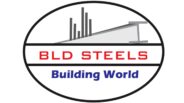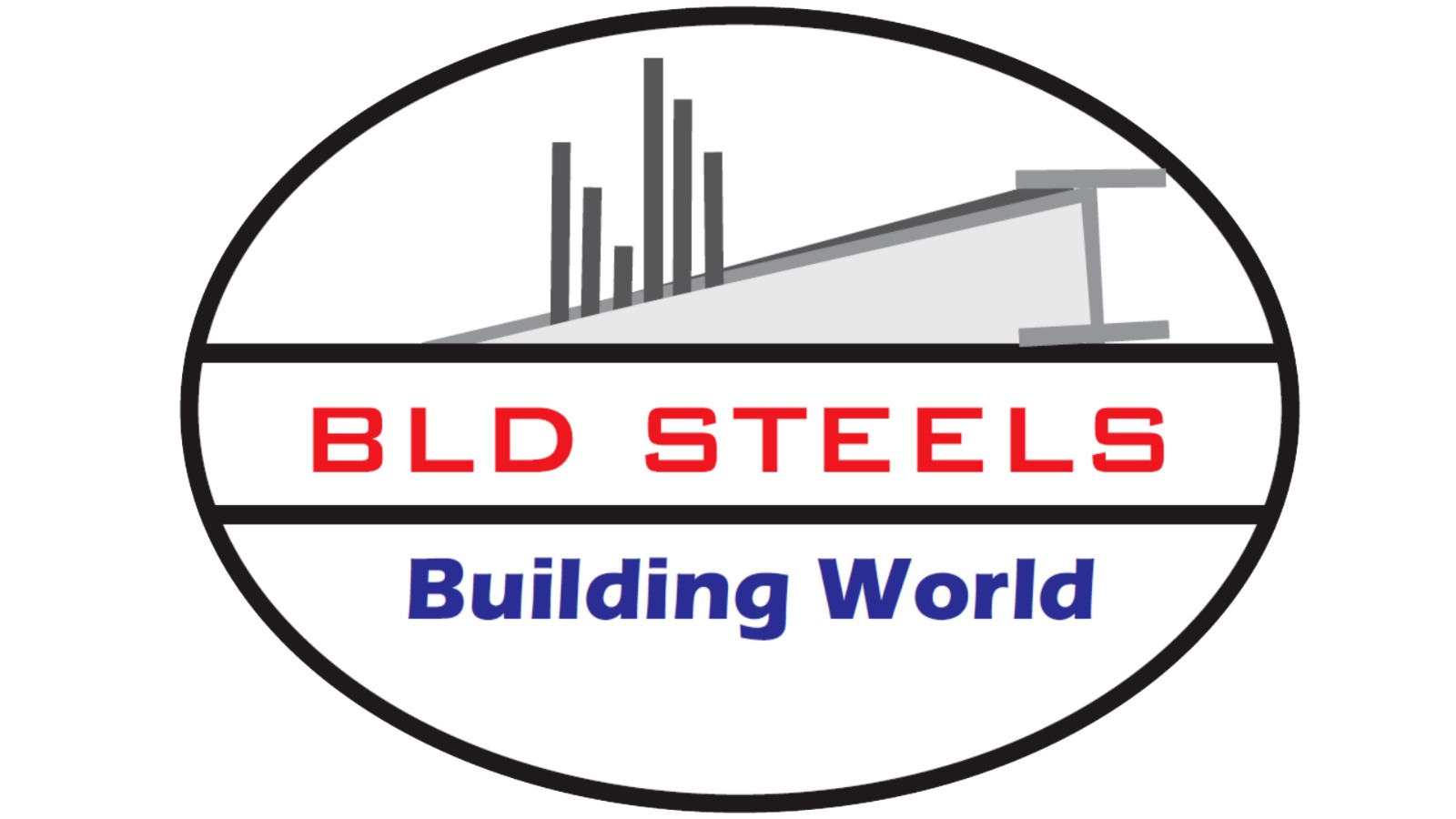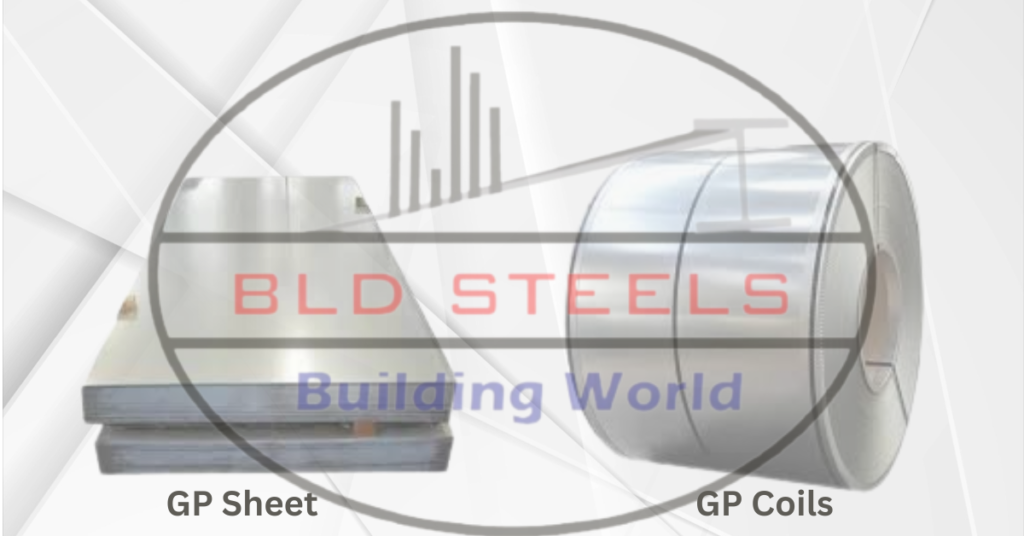GP/GI Sheet/Coils used in HVAC Industry?

Galvanized iron is building block of Heating Ventilation and air conditioning industry. It is used widely in this industry from small clamps to Parts of AHU. This is because of high resistance to corrosion with very nice aesthetic appearance. Galvanizing is a process where iron is protected from rusting by applying layer of zinc over cold rolled/ hot rolled steel to protect base metal from rusting. Attractive aesthetic is achieved due to this zinc coating passing through air knife creating beautiful flowers on the surface called spangles. Multiple zinc coating and spangles type are used in this industry.
Zinc coating and application
(Zinc coating gram per square meter increase, more protected is base metal from rusting)
80 GSM – Residence ducting, General non critical applications
120 GSM – Most widely used in ducting, Air washers, Scrubbers, SISW Fans
180 GMS – Used in Fan Coil Unit (FCU Unit )
275 GSM – Used in very critical applications like nuclear power plants
Finish of Spangles
Regular – With luster and flowers
Minimum – Luster without flower
Suppressed – Less luster with small flowers
Zero spangle – Without luster and without flowers good for Paint Adherence.
Use case in the following industries
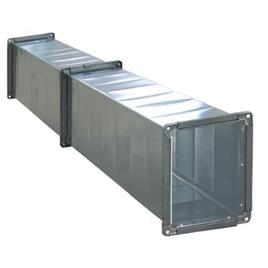
Ducting – Ducts are used for supply and return of air in HVAC system. This is crucial in ducting applications, as the ducts often carry air with moisture or other corrosive elements. It is like a nerve in a body which circulates everything important throughout the body. Ducting is of three types flexible, rigid, and semi-rigid. GI ducts come under rigid type it is usually installed in permanent structures. Mostly GI sheet is preferred in 120gsm regular spangle and in critical applications 275gsm regular spangle. They can withstand the mechanical stresses and pressures associated with the movement of air or other substances through the ducts.
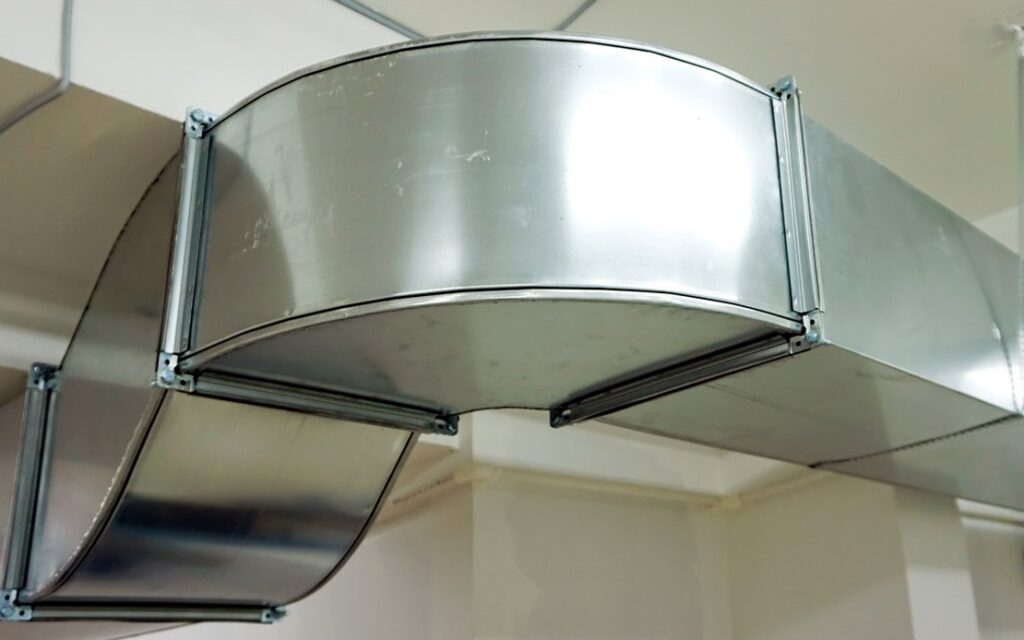
GI sheets are easily formable, allowing for the fabrication of ducts in various shapes and sizes. This flexibility in design is important as ducting systems may need to navigate around obstacles or fit into tight spaces. GI sheets have a certain degree of fire resistance, which is important in applications where fire safety is a concern. Ducting systems often need to comply with fire safety regulations, and the use of GI sheets can contribute to meeting these requirements. GI sheets can be recycled, reducing the environmental impact of the material.
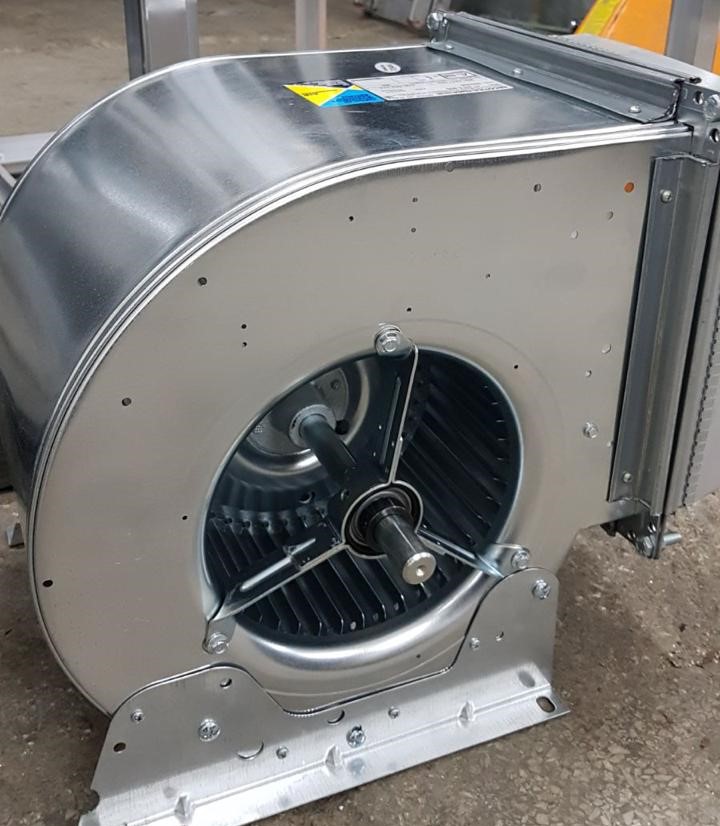
AHU – Air handling unit as the name suggests is the brain of HVAC system. It has lot of components made of galvanized iron. This unit has exposure to moisture hence making it prone to rusting. It is very important that it is made of good GSM material. Body of AHU is made of Pre painted Galvanized iron also. The smooth surface of GI sheets makes them easy to clean and maintain, contributing to the overall hygiene of the AHU. This is important in HVAC systems, where cleanliness is crucial to maintaining indoor air quality. AHUs may require insulation to control heat transfer and prevent condensation. GI sheets are compatible with various insulation materials and methods, allowing for effective thermal performance in AHU construction.
Here are some key reasons why galvanized iron is a popular choice in the HVAC industry:
Corrosion Resistance: One of the primary reasons for using GI in HVAC systems is its excellent corrosion resistance. The galvanized coating, usually made of zinc, acts as a protective layer, preventing the iron underneath from corroding. This is crucial in HVAC applications where exposure to moisture and varying environmental conditions is common.
Durability: GI sheets are known for their durability and strength. HVAC systems often involve components subjected to mechanical stresses, vibrations, and varying temperatures. The durability of GI helps ensure the longevity and reliability of these components.
Formability: GI sheets are easily formable, allowing for the fabrication of various HVAC components, such as ducts, vents, and fittings. The formability of GI sheets enables the creation of customized shapes and sizes, accommodating the specific requirements of HVAC systems.
Cost-Effectiveness: GI is relatively cost-effective compared to some alternative materials. Given the often extensive use of ductwork and components in HVAC systems, cost efficiency is a significant factor in material selection.
Fire Resistance: GI sheets have a degree of fire resistance, which is essential in HVAC applications where fire safety is a concern. This property contributes to the overall safety of the HVAC system.
Ease of Installation: GI sheets are lightweight and easy to handle, making them suitable for installation in HVAC systems. This ease of handling can be advantageous, especially in large-scale HVAC projects.
Insulation Compatibility: GI is compatible with various insulation materials commonly used in HVAC systems. This compatibility helps in achieving the desired thermal performance and energy efficiency of the HVAC components.
Recyclability: GI is a recyclable material, aligning with sustainability goals in the HVAC industry. At the end of its service life, GI can be recycled, contributing to environmentally friendly practices.
Alternative materials like stainless steel or aluminum may be chosen based on factors such as weight considerations, specific environmental conditions, or budget constraints.
